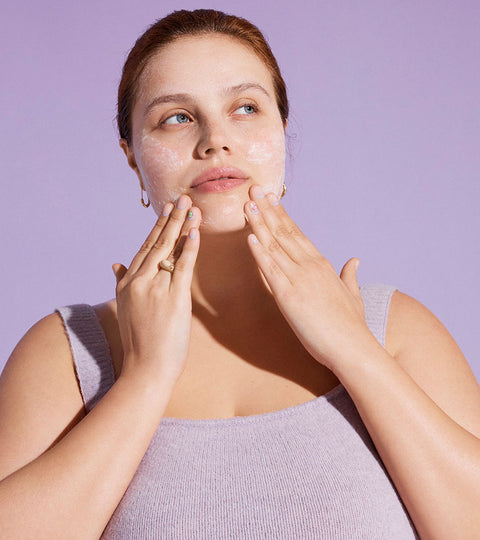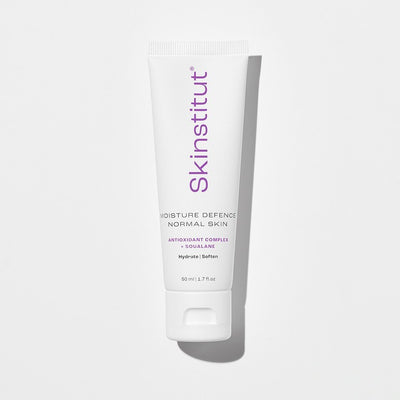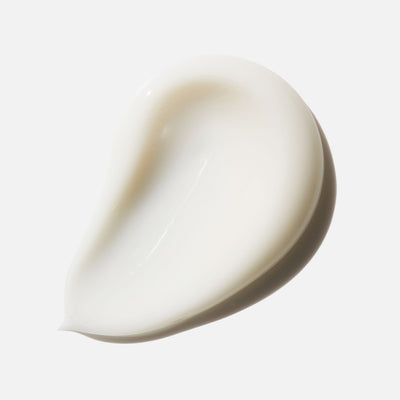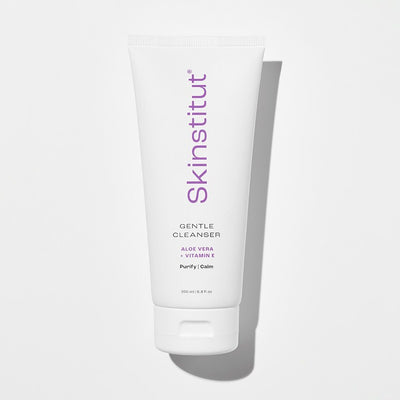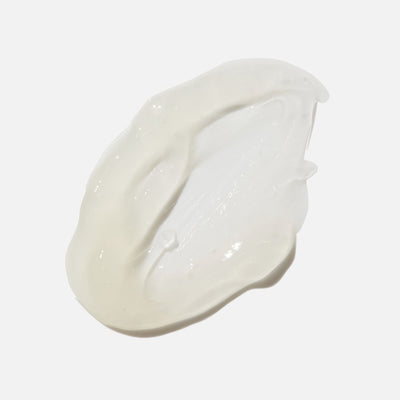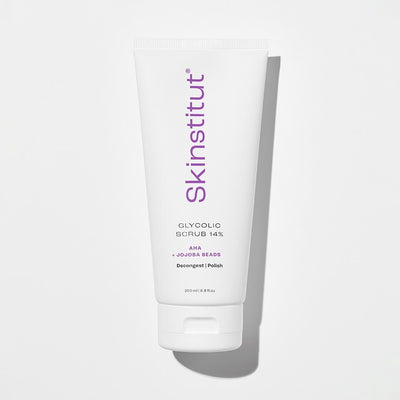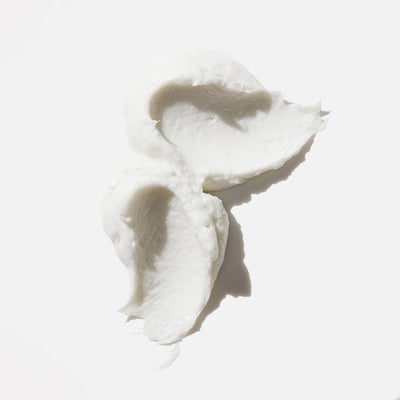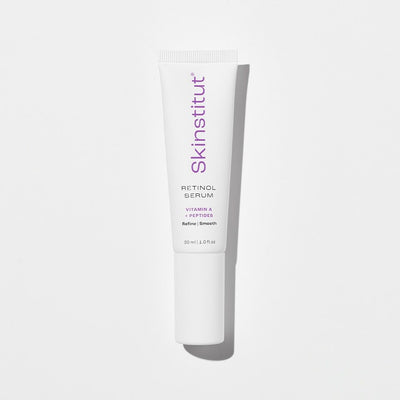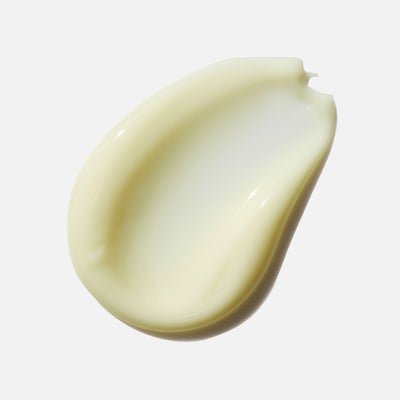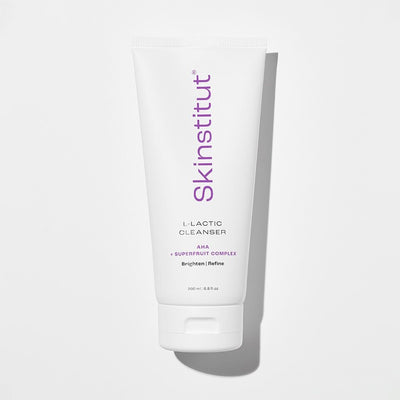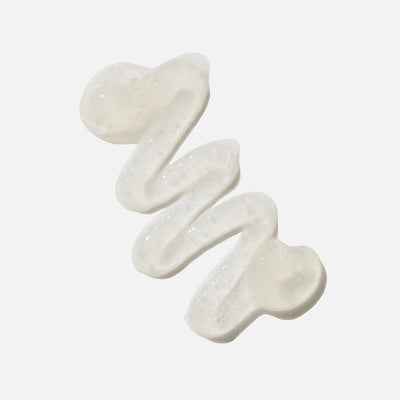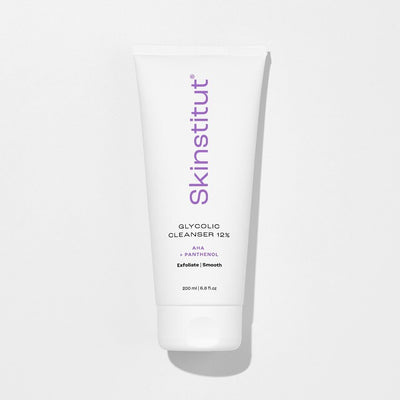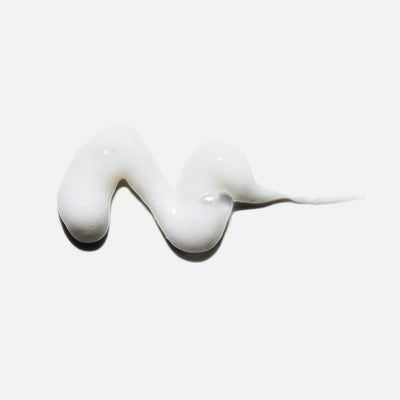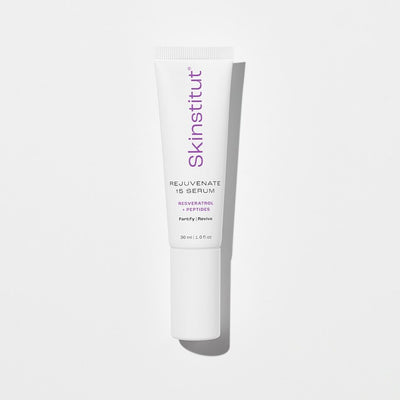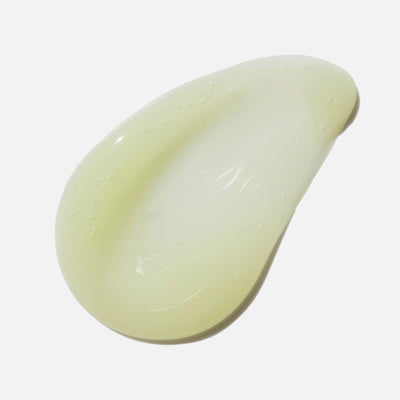As part of our SKINTEL IGTV series, we crowd-sourced some topics that you wanted to know more about and exfoliation kept boomeranging into our comments and DMs. So here’s a deeper dive into what it is, how often you should do it, and what is the right exfoliant for your skin type.
What Does Exfoliation Mean?
Exfoliation is the process of removing dead skin cells from the skin’s surface. The skin’s natural exfoliating process is called desquamation and it slows down as we age, making it harder for the skin to slough off expired cells and easier for it to become dry, dull, and flaky. Skin can also become easily congested thanks to blocked pores, excess oil, and a build-up of skin cells.
We’re big fans of exfoliation as it not only gives skin a deeper clean but also encourages cellular turnover, softens and smooths skin texture, evens and brightens tone, and enables your skincare products to work even harder.
How Often Should You Exfoliate?
We lose millions of skin cells every day and depending on your skin type and age, it gets harder for the skin to slough off those cells efficiently without some help. Add sunscreen, makeup, and oil build up on top of those dead skin cells, and congestion can easily occur. It’s always best to have your therapist custom prescribe a suitable exfoliation routine that’s right for you. However, as a general rule, we would recommend exfoliating your skin twice per week, depending on your skin type and condition and the particular exfoliant you’re using.
What Type of Exfoliant Should I Use?
Exfoliants can be neatly divided into three types: enzyme, chemical and physical. Which one you choose is again, best guided by your therapist. In the meantime, you can enquire about our products here.
Let’s start with enzyme exfoliants.
Generally sourced from plants and fruits (like Papaya), they are the most gentle exfoliating option and a great first start. They dislodge the bonds between the skin cells which in turn, gives the skin’s own exfoliating process a nudge yet with little chance of upsetting the skin’s pH.
Best suited for: All skin types and conditions but without doubt, the best exfoliating option for sensitive or sensitised skins, and those suffering from eczema and psoriasis.
Try: our Enzymatic Micro Peel. It’s the quiet achiever in our range of exfoliants and can be combined with other exfoliants for a DIY exfoliation treatment.
Chemical exfoliants work below the skin’s surface to dislodge the intercellular ‘glue’ that holds skin cells in place on the skin’s surface. Members of the Hydroxy Acid Family (Lactic, Glycolic, Salicylic Acids) are chemical exfoliants; they’re more active than an enzyme exfoliant and are considered to have a more even effect on the skin than physical exfoliants, brightening and refining the skin from the inside out.
Best suited for: oily, congested, breakout-prone skin.
Try: our L-Lactic Cleanser for a gentle intro to chemical exfoliation. Also suitable for irritated, inflamed or sensitive skins. If you have normal, oily or dry skin you could step up to our Glycolic Cleanser 12% for a more active, exfoliating cleanse.
Physical exfoliants are the most instantly gratifying exfoliants as they work to remove surface build up and improve congestion.
They buff and polish the skin’s surface with a physical agent like beads, seeds, or grains for an immediate improvement.
Best suited for: Dull, dry, prematurely aged skin that’s lost its natural glow.
Try: our Glycolic Scrub 14%. It’s a high achiever that combines the best of both chemical and physical exfoliation. This is not for you if you’ve never used AHAs or a chemical exfoliant before, and definitely not for you if you have inflamed acne or broken, irritated, sensitive skin.


